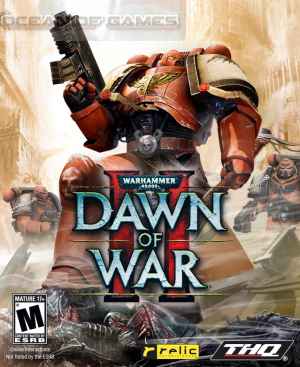

Even by today’s standards, it’s such a genius evolution because it directly ties combat to your overall wealth and economy-especially in multiplayer where players are actively working to defeat one another. Instead, resources are earned by spreading out and grabbing control points. (Image credit: Relic Entertainment) Taking control It’s not fun having to constantly micromanage whether or not my worker units are accessing the right resources back at base instead of pushing deeper into the map and watching fights break out. It also disposes with the resource collection systems that I’ve come to despise in games like StarCraft only because it’s so fiddly. That’s not the only innovation that makes Dawn of War still relevant today, however. It’s such a great deviation from the standard RTS formula where a single soldier represents a single unit, not only because it adds some significant layers of strategy-like being able to purchase weapon upgrades for individual members of a unit or reinforce your damaged units with fresh recruits-but because it also adds a lot more meat to the grinder. It’s a system that only works because Dawn of War uses a unique squad system where individual units are actually composed of up to nine soldiers who act in unison. Often I’m so caught up with zooming in and rotating the camera to watch the carnage that I forget to feed my units new orders. It’s terrifying because again and again it’ll impale Space Marines on its sword and hoist them upward so that gravity slowly pulls them further down onto the sword amid gouts of blood. When the Eldar summon the Avatar of Khaine in the seventh mission of the base campaign, much of the reason it’s so terrifying is not just because it takes half an army to kill. Every unit has bespoke ‘sync kills’ that trigger when they deal the killing blow against an enemy.


 0 kommentar(er)
0 kommentar(er)
